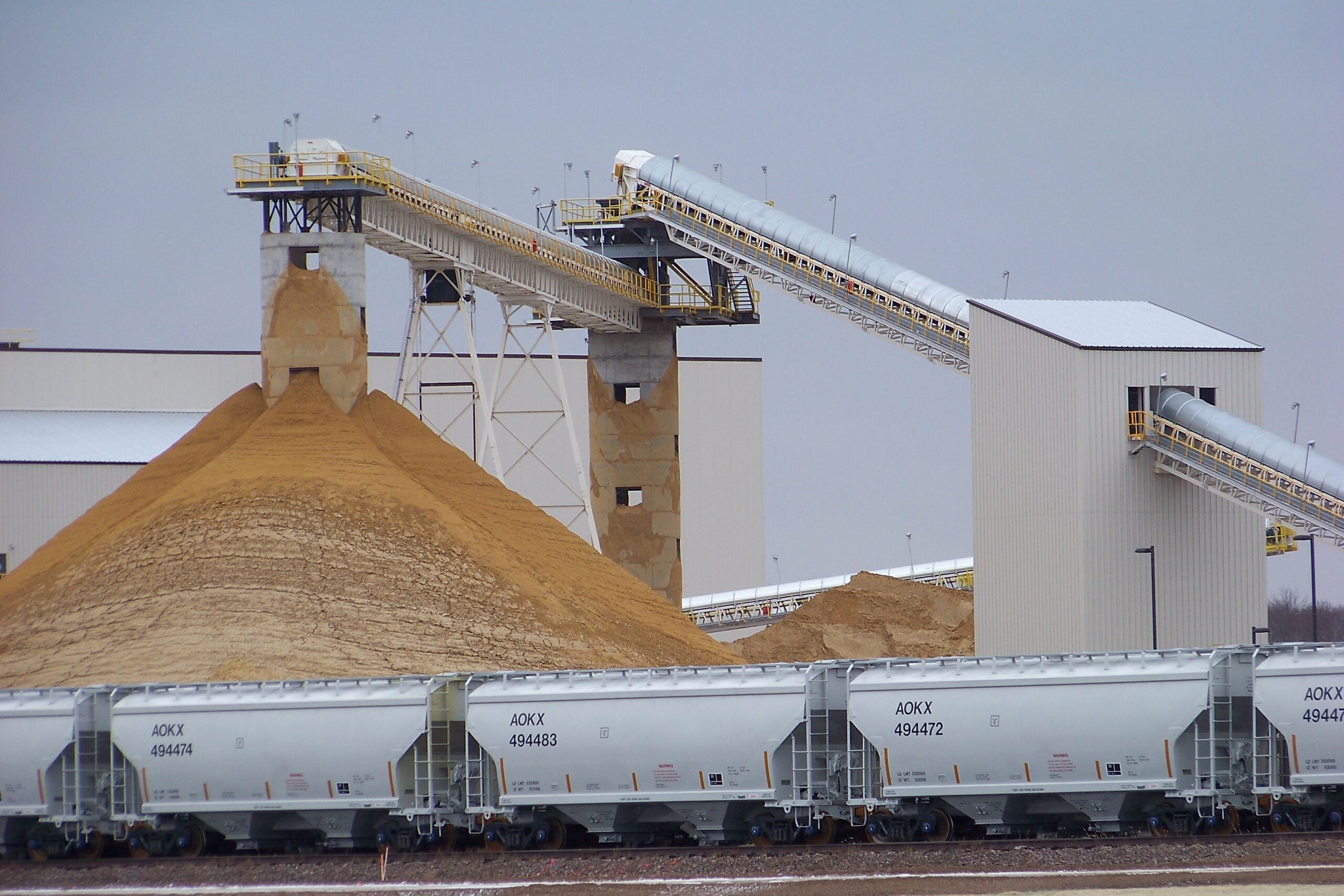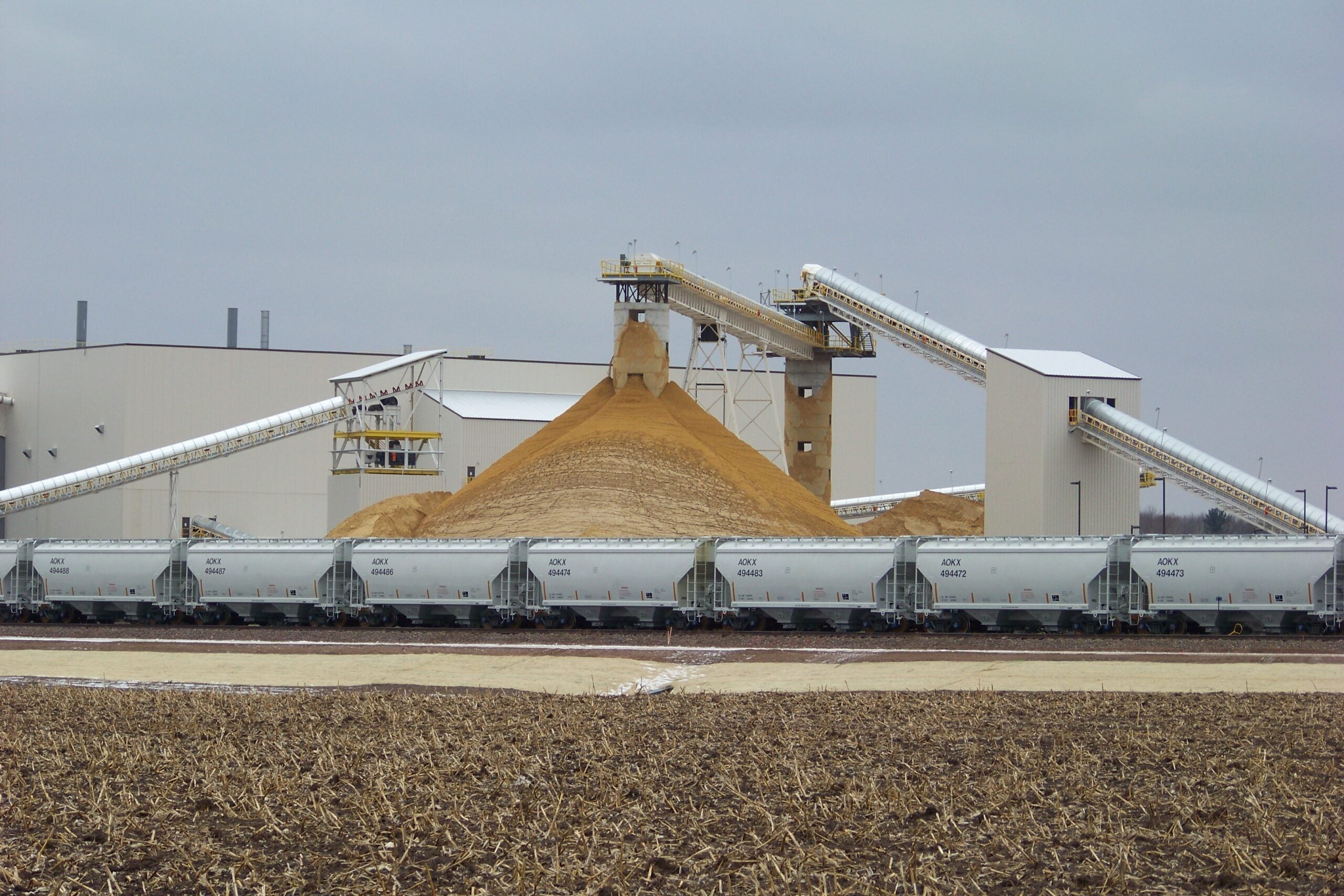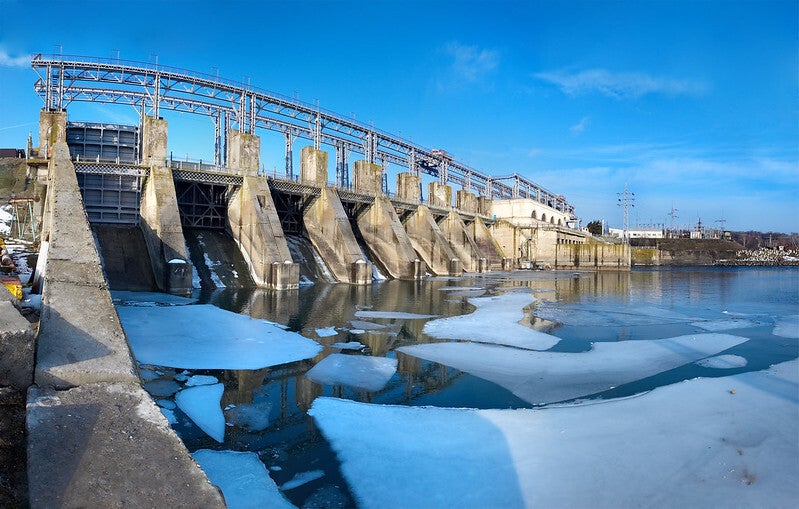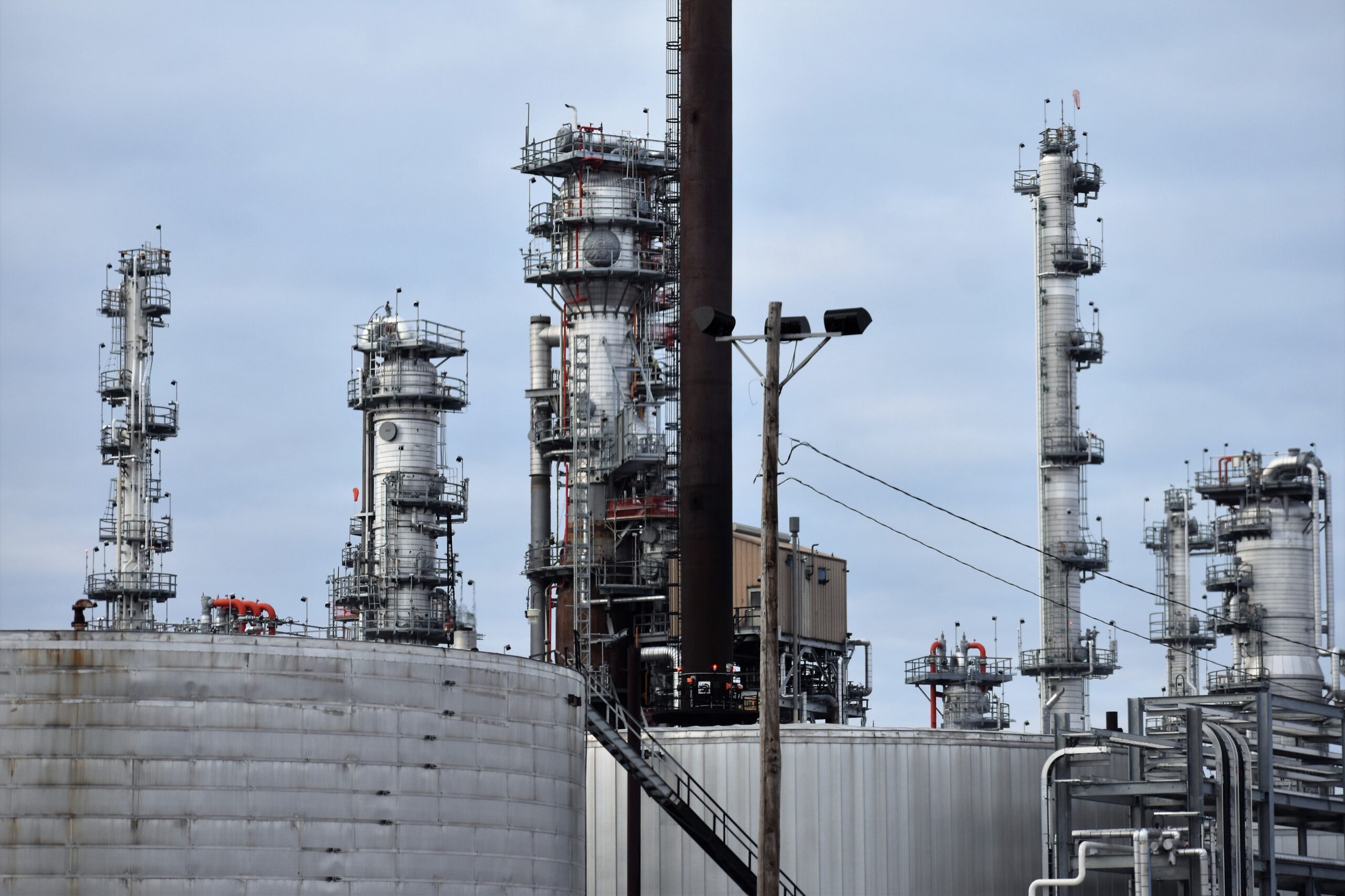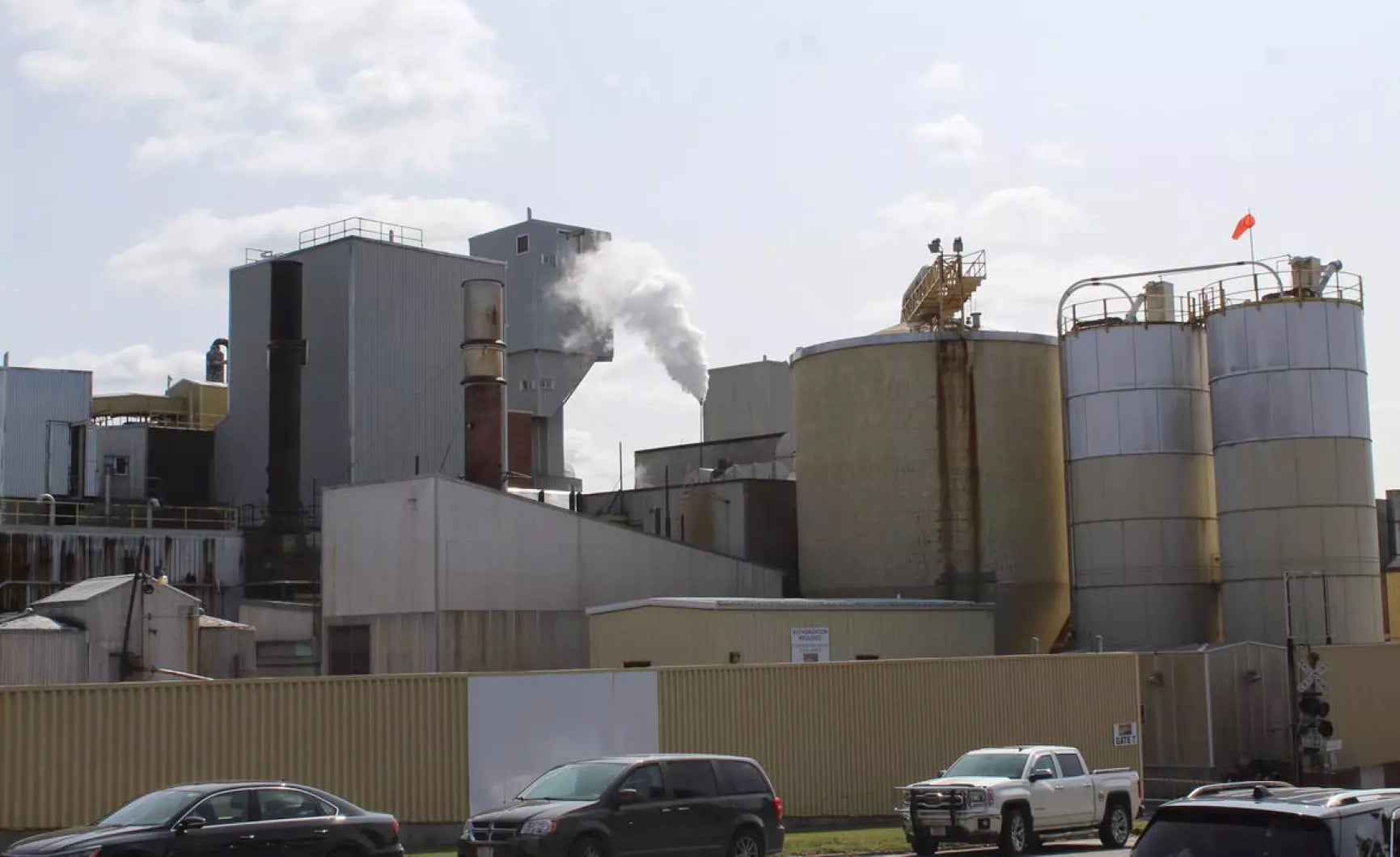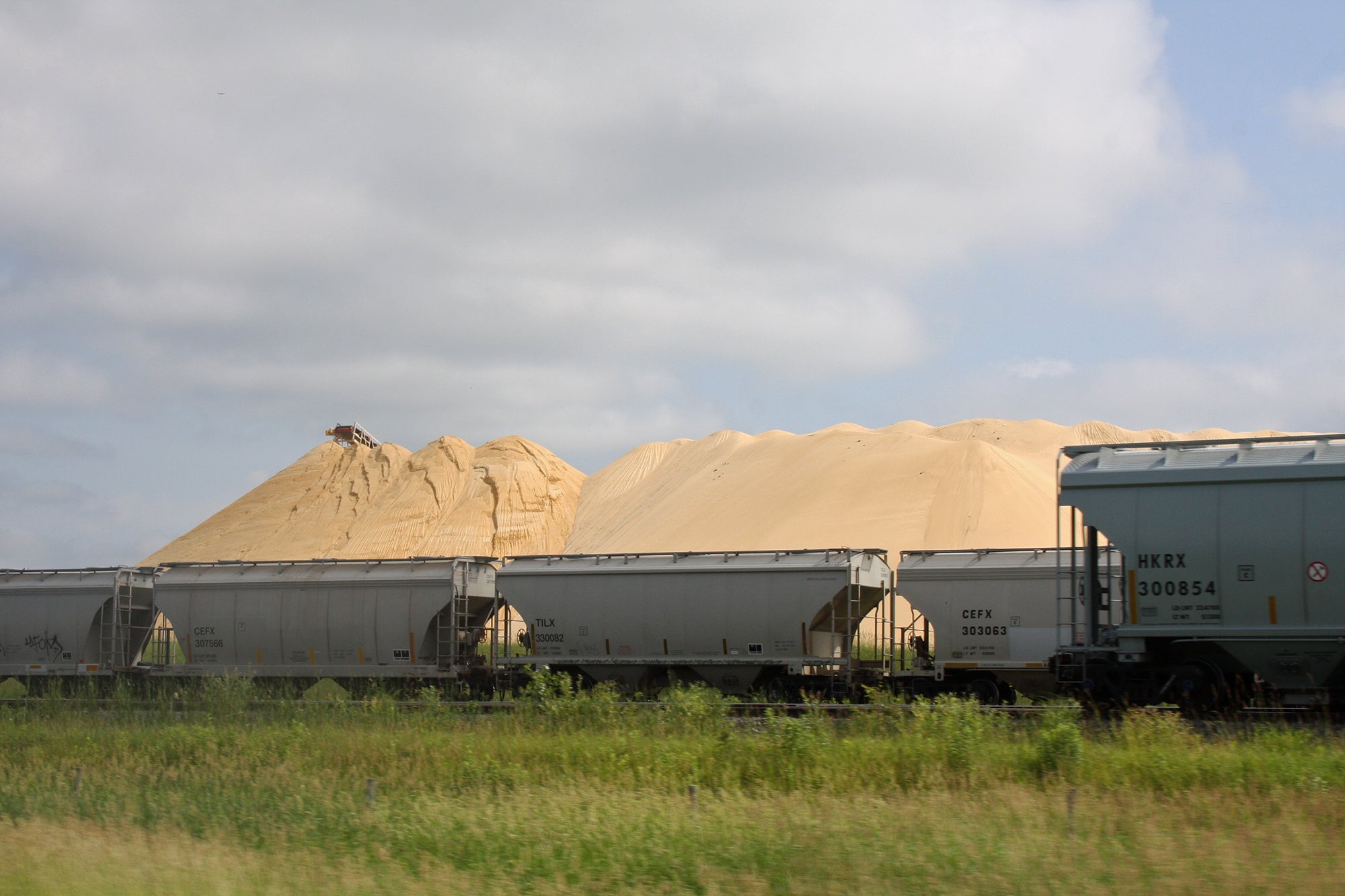Demand for sand used to drill for oil and natural gas is hitting record levels, but a fast-growing Texas sand mining industry is adding to a glut in the market and putting pressure on Wisconsin frac sand producers.
A study by energy analytics firm IHS Markit projects United States energy companies will consume more than 84 million tons of proppant this year, a 27 percent increase over last year. It predicts proppant demand will hit 115 million tons by 2023.
Proppant is an industry term for sand and other materials used to “prop” open cracks in oil rich shale deposits during the hydrofracking process.
Stay informed on the latest news
Sign up for WPR’s email newsletter.
But while the demand is higher than it has ever been, the frac sand industry is changing and growing.
IHS Oilfield Services analyst Samir Nangia said 13 new sand mines are operating in what’s called the Permian Basin of west Texas, where around half of the nation’s oil drilling activity is taking place. He estimates these new mines can produce around 45 million tons of sand per year and an increasing number of energy companies are buying local in order to avoid paying $50 per ton to ship sand from Wisconsin.
“The thing to keep in mind is that we have enough local sand now between the Permian and the Eagle Ford to satisfy most of the demand from Texas with local sand alone, which is definitely a problem for the mines in the Midwest,” said Nangia.
From 2010 to 2015, sand mined in places like Wisconsin and Minnesota was highly sought after by energy companies across the U.S. and parts of Canada. Known as “northern white,” Wisconsin’s sand was considered the best quality due to its uniform roundness and ability to withstand intense pressure without being crushed.
While there are still questions about the long-term performance of Texas sand, the proppant industry took notice and invested hundreds of millions of dollars over the last year to develop Permian Basin mines. Nangia estimates frac sand production capacity is nearly 200 million tons per year, approximately twice the amount needed by oil companies.
“We’ve overbuilt sand mines yet again,” Nangia said.
With Texas oil drillers turning to local sand, Wisconsin mines have lost market share, Jim Wicklund, Credit Suisse managing director of equity research, wrote in an email. Now, he said, they have to rely on companies drilling for natural gas in places like New York, Pennsylvania, Ohio and West Virginia.
But Wicklund said natural gas prices have been stagnant and are expected to stay that way for the next three years, which is causing energy companies to slow down production. Another market for Wisconsin’s northern white sand are the oil fields of North Dakota known as the Bakken, but Wicklund said that region is already buying sand from the Midwest and isn’t seeing nearly the activity of wells in Texas.
“It leaves the Bakken for Wisconsin sand but that was a market before and isn’t growing fast enough to make up the loss to the Permian,” said Wicklund.
Wicklund and Nangia also agree that while U.S. oil and natural gas production levels are setting records, there are physical limits, including a lack of pipelines from busy Texas oil wells to refineries holding the industry back. Wicklund said it all puts downward pressure on what frac sand producers across the nation can charge for their product, meaning sand mines have to cut costs and become more efficient.
“So, sand prices look to ratchet down the cost curve to the marginal producer, and while many Wisconsin mines are very efficient and well down the cost curve, the rail cost that has to be added, the delivered cost to the well, is the better cost curve to use,” said Wicklund. “So, some Wisconsin sand mines, the most marginal producers, are likely to close over the next three years or so.”
Nangia of IHS agreed, saying smaller, less efficient Wisconsin mines would likely shutter or be bought by larger companies.
In its latest investor presentation, Hi-Crush Proppant, one of Wisconsin’s largest frac sand producers, said long-term trends in the sand industry are positive but the current slowdown is creating a “temporary oversupply of northern white” sand.
Hi-Crush has four sand mines in Wisconsin. Last year, the company developed its fifth mine in Kermit, Texas, capable of producing 6 million tons of sand per year, which is more than double the capacity of any of its Wisconsin mines.
Wisconsin Public Radio, © Copyright 2024, Board of Regents of the University of Wisconsin System and Wisconsin Educational Communications Board.

